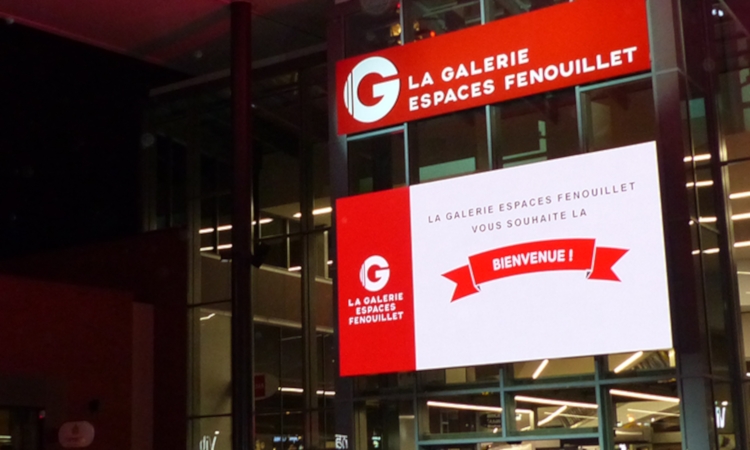Every professional business is aware of the importance of good promotion and invests in it. Marketing specialists are therefore facing the challenge of creating increasingly distinctive and innovative campaigns. On the other hand, it is becoming more difficult to really grab the viewers’ attention, especially since consumers are being educated how to shop consciously.
Outdoor marketing - goals and assumptions
An important element of any product’s or service’s promotional campaign is outdoor marketing. It is a way to reach consumers resistant to advertising. In the industry it is often referred to as ambient marketing, and it is a way to promote services in a non-standard way in public space. This includes performances and happenings, as well as large format ads, for example billboards. The aim of going into public space is to establish a different type of relationship with the consumer.
The use of new technologies - dynamic LED screens
The marketing industry is beginning to notice the difference between the effectiveness of static advertising in the form of billboards and advertisements displayed on dynamic LED screens. Studies have been conducted on this topic and the results have confirmed that dynamic advertising is more effective. The respected international organisation POPAI found that products and services advertised on LED screens have more than a 10 percent increase in sales. The greater effectiveness of dynamic ads is based on a faster reaction of the eye to light and movement and the greater likelihood that the viewers will remember them.
